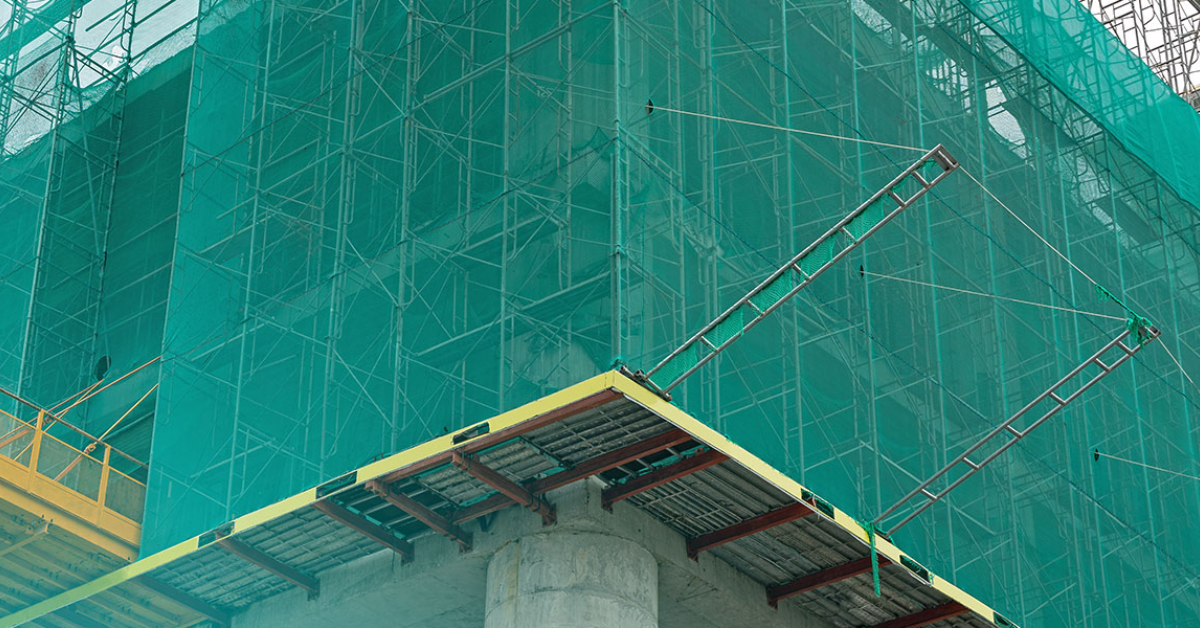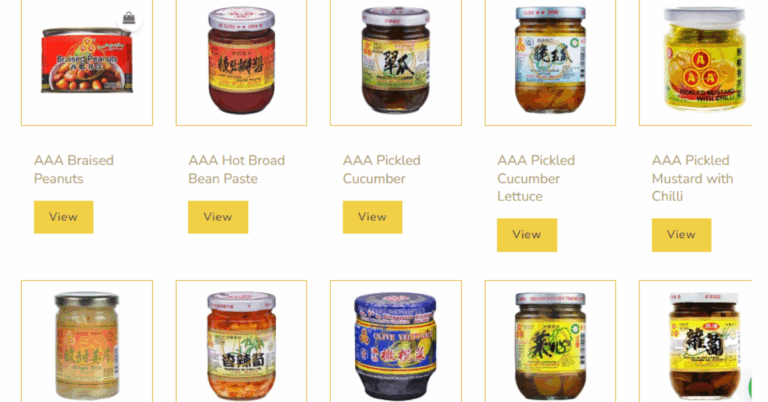Scaffold Netting in Singapore: Why It’s Essential for Safe and Efficient Construction
In the bustling world of construction, safety is paramount. Whether you’re working on a residential building, a commercial skyscraper, or a heavy infrastructure project, maintaining a secure and protective environment is non-negotiable. One of the critical components in ensuring safety on construction sites is the use of scaffold netting.
Scaffold Netting, typically made from durable materials like polyethylene or nylon, is installed around scaffolding structures to offer a variety of benefits, from ensuring worker safety to maintaining environmental protection. This blog explores the essential role of scaffold netting in construction and why it should be a staple on every construction site.
What is Scaffold Netting?
Scaffold netting is a form of protective covering used in construction projects. It is typically draped around scaffolding structures to prevent falling debris, dust, and other hazards from spreading to the surrounding environment. Its primary purpose is to enhance site safety by shielding workers and passersby from potential injuries caused by falling materials or objects.
Made from a variety of materials, including high-density polyethylene (HDPE), scaffold netting is designed to withstand harsh weather conditions, providing long-lasting durability. It is available in different colors, sizes, and strengths to suit the specific requirements of a project.
Key Benefits of Scaffold Netting
-
Worker Safety The primary function of scaffold netting is to protect workers on the ground and other personnel in the vicinity of a construction site. By preventing tools, equipment, and debris from falling off scaffolding, scaffold netting reduces the risk of injury or fatality due to accidents. This safety measure is especially vital in high-rise construction, where falling debris can lead to severe injuries or fatalities.
-
Environmental Protection Scaffold netting also plays a vital role in environmental protection. It helps contain dust and other particulate matter that may be generated during construction activities such as cutting, sanding, or grinding. By minimizing dust dispersion, scaffold netting helps to improve air quality, protecting both the workers on-site and the surrounding communities from air pollution and health risks.
-
Enhanced Privacy and Security In many construction projects, especially in urban areas, protecting the privacy of the site is essential. Scaffold netting can serve as an effective privacy shield, preventing unauthorized access and protecting sensitive areas from prying eyes. In addition, it helps keep the site secure by acting as a physical barrier against potential theft or vandalism.
-
Weather Resistance Construction projects often take place under unpredictable weather conditions, from heavy rains to intense sunlight. Scaffold netting is designed to withstand various environmental elements, including UV rays, rain, and wind. This durability ensures that the netting continues to perform its protective function throughout the life of the project, regardless of weather conditions.
-
Cost-Effective Solution The cost of scaffold netting is relatively low compared to the potential cost of accidents or fines for non-compliance with safety regulations. The installation of scaffold netting can reduce the risk of damage to property and minimize the need for cleanup and repairs due to falling debris. This makes it a cost-effective solution for construction companies looking to maintain high safety standards without breaking the budget.
Scaffold Netting: A Vital Part of Construction Safety Standards
Scaffold netting is not just an optional accessory—it is often required by law as part of occupational health and safety regulations. In many regions, including Singapore, construction sites must adhere to strict guidelines to ensure the protection of workers and the public. Failure to implement proper safety measures can result in hefty fines, delays in project timelines, and, more importantly, the risk of accidents.
By investing in high-quality scaffold netting, construction companies demonstrate their commitment to safety and compliance with industry standards. This can significantly enhance their reputation and help avoid legal complications that may arise due to unsafe working conditions.
Types of Scaffold Netting
Scaffold netting comes in a variety of forms to meet different project requirements:
-
Standard Mesh Netting: This type of netting is commonly used for general construction purposes. It provides reliable protection against falling debris and dust and is available in various mesh sizes to suit the specific needs of a project.
-
Flame-Retardant Netting: For construction sites that require heightened safety standards, such as those near flammable materials, flame-retardant scaffold netting provides additional protection by reducing the risk of fire hazards.
-
Anti-UV Netting: UV-resistant netting is ideal for projects exposed to direct sunlight for extended periods. It prevents the netting from deteriorating under the sun’s harsh rays, ensuring it remains effective throughout the duration of the project.
-
Camouflage Netting: For projects where aesthetics and privacy are important, such as residential or high-end commercial construction, camouflage scaffold netting can blend seamlessly with the surroundings, offering both protection and aesthetic appeal.
How to Choose the Right Scaffold Netting
When selecting scaffold netting, several factors should be considered to ensure the product meets the needs of your specific project. Here are some things to look for:
-
Material Durability: Choose netting made from high-quality materials such as polyethylene or nylon for strength and resistance to wear and tear.
-
Mesh Size: Depending on the project’s requirements, select a netting with the appropriate mesh size to ensure it provides adequate protection from falling debris.
-
UV and Weather Resistance: Ensure the netting is designed to withstand the local climate, including UV rays, rain, and wind.
-
Compliance with Regulations: Ensure that the netting meets all local safety and building regulations.
Conclusion
Scaffold netting is an essential tool in maintaining safety and environmental standards on construction sites. By investing in high-quality, durable scaffold netting, construction companies can protect their workers, enhance their project’s efficiency, and avoid costly fines or accidents. As an integral part of the overall safety strategy, scaffold netting provides a simple yet effective solution to some of the most common hazards in the construction industry.
If you’re looking for reliable scaffold netting solutions, MyCanvas offers high-quality products tailored to meet your construction site needs. Contact us today to learn more about our offerings and get a quote for your next project.







